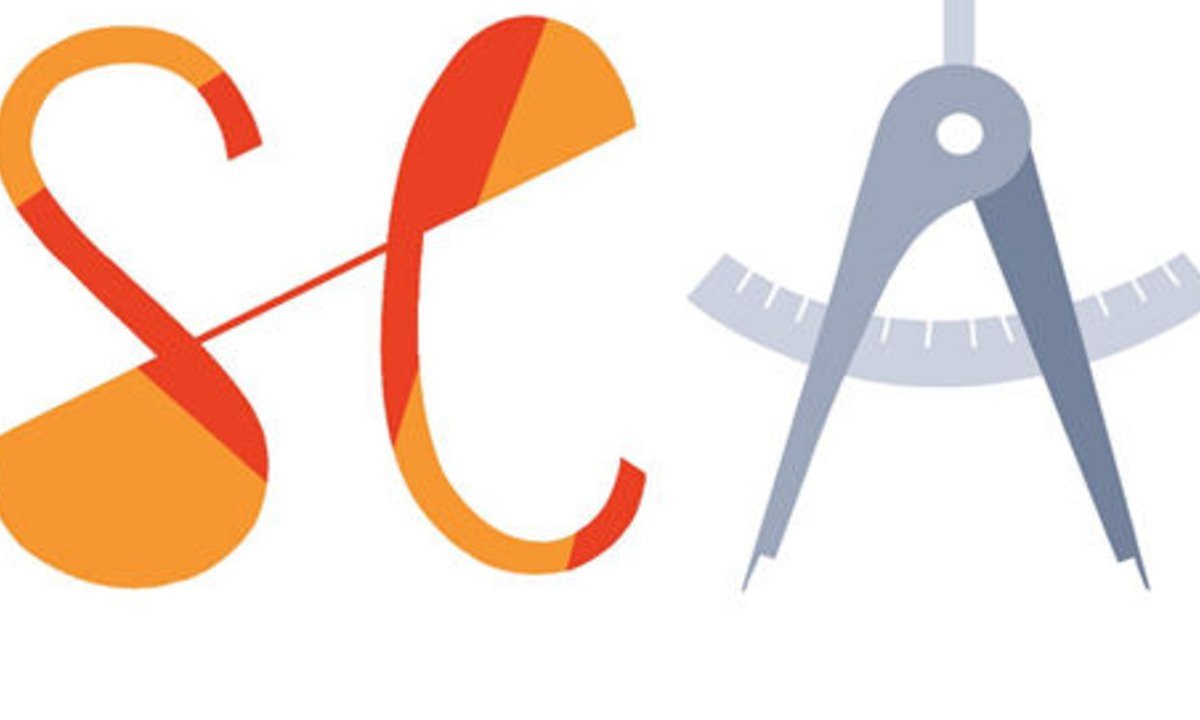Acerca de este curso
- Progamming languages: Python and SQL
- In this module, you will learn how programming languages such as Python and SQL assist in managing, cleaning, summarizing and manipulating data.Communicating Diagnostic Analytics You will also learn how to use programming languages to create meaningful data visualizations.
- Data analytics that drive impactful decision making
- Data analytics is the practice of examining data to answer questions, identify trends, and extract insights. In this module, you will focus on the four levels of data anlytics that help answer questions about what happened and why, what might happen in the future, and what are the possible outcomes.
- Supply chain models: Inventory, Continuous Flow, Fast Chain
- There are several different types of Supply Chain models. Once you know the probem your trying to solve, you can select the type of model that will best help you find a solution. In this module you will learn how use the inventory model to describe inventory policies, inputs and outputs, operations related to inventory management, how to use the continuous flow model to describe the current state and current practices in the business operations to identify opportunities for improvement, and how to use the fast chain model to describe the current state and current practices in the business operations to identify opportunities for improvement.
- Supply Chain Models: Efficient Chain, Agile, Custom-Configured, Flexible
- There are several different types of Supply Chain models. Once you know the probem your trying to solve, you can select the type of model that will best help you find a solution. In this module you will learn how use the efficient chain model to identify optimal scenarios and best practices that could be translated into other environments, use the agile model to prepare for participating in cross-functional developments driven by the supply chain, use the custom-configured model to prepare cross-functional developments driven by the supply chain with a more flexible infrastructure to new projects or developments, and use the flexible model to build flexible structures and scenario planning.
Cursos relacionados

GRATIS Aprendiendo a aprender: Poderosas herramientas mentales…
Deep teaching solutions
Español

GRATIS Programación para todos (Introducción a Python)
University of Michigan
Inglés

GRATIS The Science of Well-Being
Yale
Inglés

GRATIS Negociación exitosa: Estrategias y habilidades esenciales
University of Michigan
Inglés

GRATIS Primeros Auxilios Psicológicos (PAP)
Universitat Autónoma de Barcelona
Español



